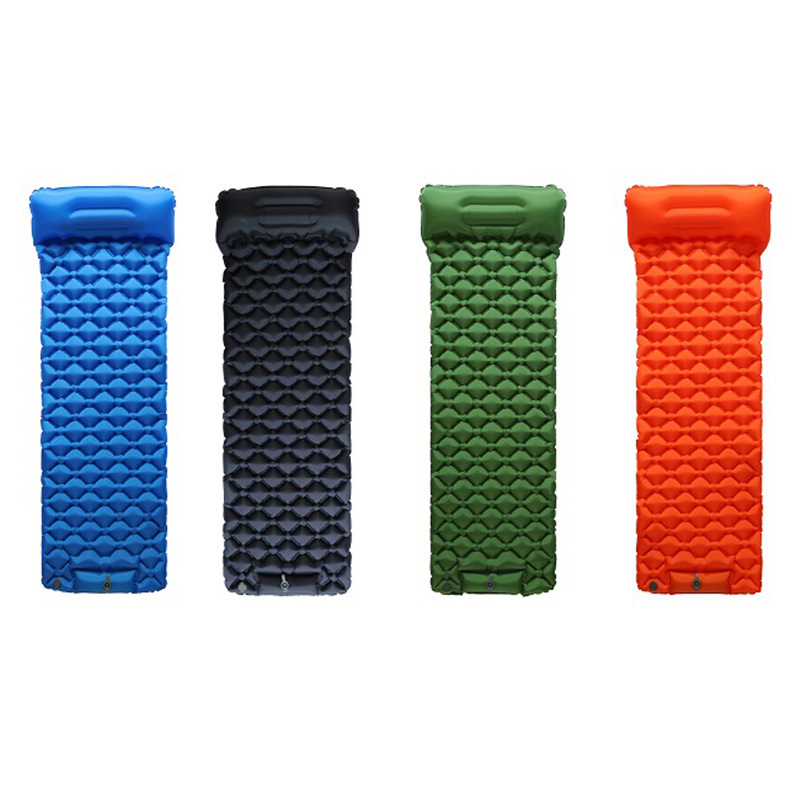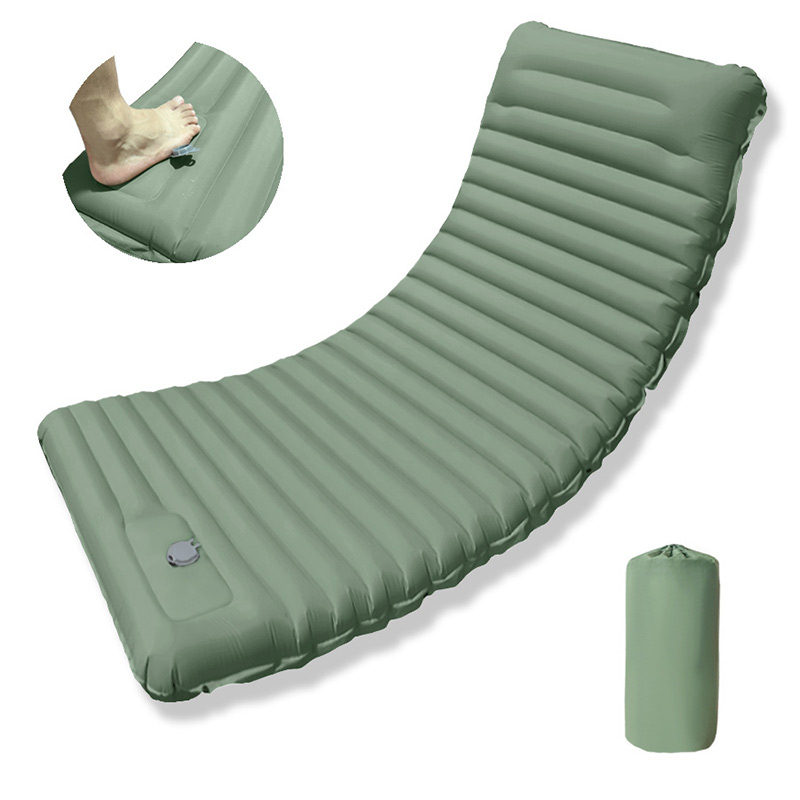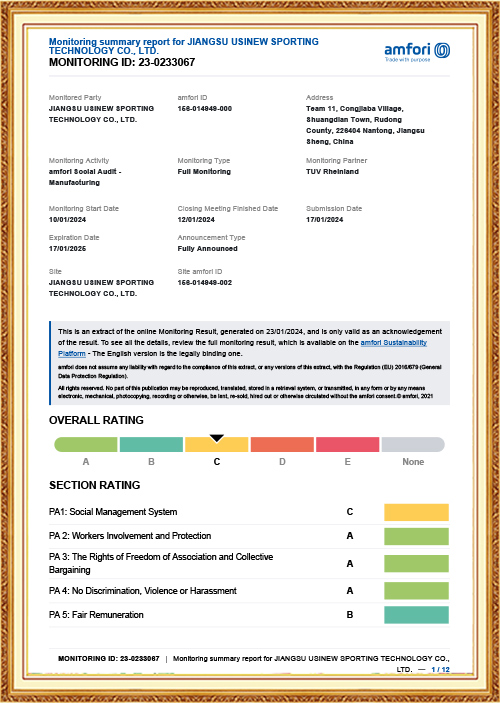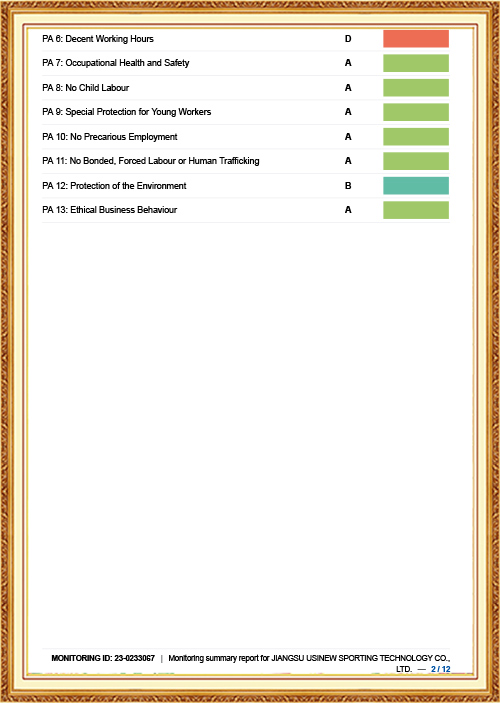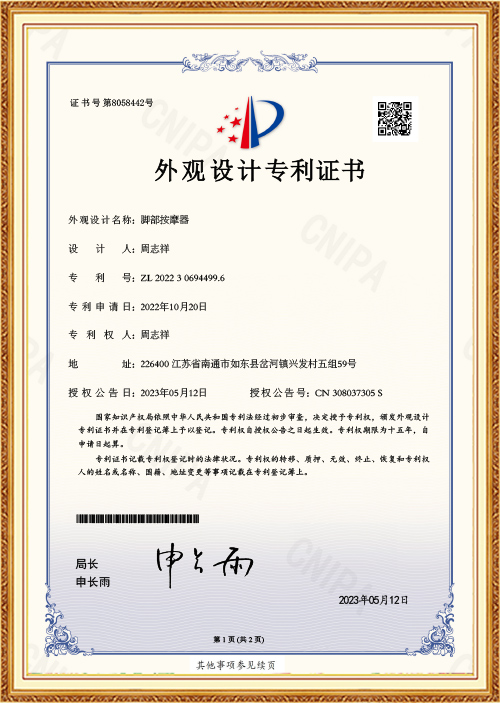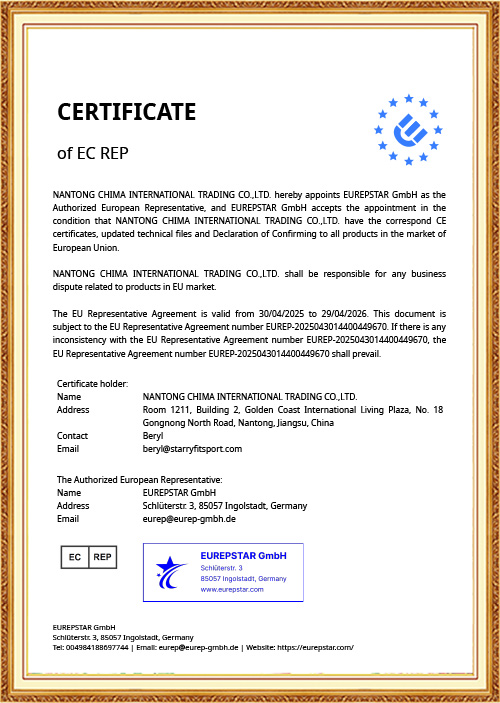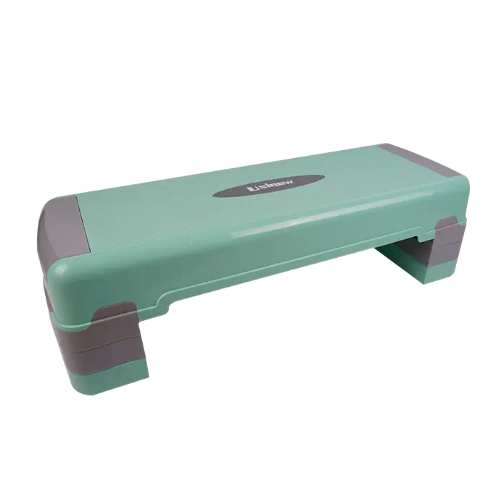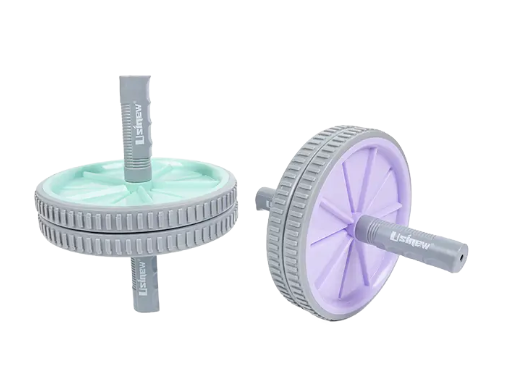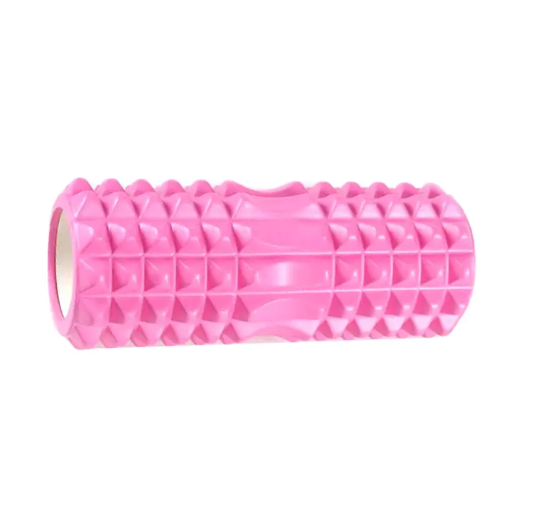The camping mat is designed for outdoor camping, hiking and outdoor adventures. It uses high-rebound material and ergonomic structure, which can effectively disperse body pressure, provide good support and comfort, and allow you to sleep peacefully on rugged terrain or hard ground. The surface fabric is mostly waterproof, moisture-proof, non-slip and wear-resistant, and the internal filling or inflatable structure ensures good thermal insulation, blocks the invasion of ground cold air, and improves the overall warmth performance.
The lightweight and portable design makes it easy to fold and store in a backpack without adding to the burden of the journey. Whether it is laid in a tent or used as a temporary rest mat, it can bring you a comfortable and stable sleeping experience. It is an ideal choice for improving outdoor sleep quality.
Why do you need a camping mat for camping?
Many first-time campers may think that a sleeping bag is enough, but in fact, a camping mat plays a vital role:
Insulates moisture: Even if the ground looks dry, it may contain moisture. The camping mat forms a barrier to prevent moisture from entering the sleeping bag, keeping the sleeping bag dry and warm.
Insulates cold: The ground is one of the main sources of heat loss, especially on cold nights. The camping mat provides an insulating layer that prevents body heat from escaping through the ground, keeping you warm.
Provides comfort: Rough ground, rocks, and tree roots can affect sleep quality. Camping mats can provide cushioning, support your back and body, and sleep more comfortably.
Increases warmth value (R-value): The insulation performance of a camping mat is usually measured by the R-value (Resistance Value). The higher the R-value, the better the warmth. This is a very important indicator when choosing a camping mat.
Common types of camping pads
Inflatable Pads:
Features: The interior is an air cavity structure, which needs to be manually inflated by a pump (hand pump, foot pump or built-in pump) or mouth. When storing, exhaust the air and roll it up.
Advantages: The best comfort, usually the thickest, can effectively isolate the ground; the smallest storage volume, extremely light; a wide range of R values, and four-season models with high R values.
R value range: 1.0 - 7.0+.
Applicable scenarios: backpacking (pursuing extreme comfort and lightweight), high-altitude camping, winter camping.
Closed-Cell Foam Mats:
Features: Made of closed-cell foam plastic, filled with tiny bubbles inside, does not absorb water. Usually a flat pad that can be rolled or folded.
Advantages: Extremely durable, almost no damage; cheap; lightweight; no need to inflate, easy to use; good heat insulation and moisture resistance, even if punctured, it will not lose function.
Disadvantages: Relatively low comfort, hard; storage volume is usually large.
R-value range: about 1.0 - 3.0.
Applicable scenarios: backpacking, long-distance traversing, those with limited budgets, children's camping or as an additional protective layer for inflatable pads.
Self-Inflating Mats:
Features: The interior is filled with open foam and the outside is wrapped with sealed fabric. After opening the air valve, the foam will automatically expand and inhale air, and then close the air valve. You may need to blow a few breaths manually to achieve the best inflation effect.
Good comfort (softer than foam pads); medium to above thermal insulation effect; smaller storage volume than foam pads; relatively easy to use. Heavier than foam pads; medium price; risk of puncture and leakage.
R-value range: about 2.0 - 5.0.
Applicable scenarios: ordinary camping, self-driving camping, backpacking (those who have certain requirements for comfort).


 ENG
ENG
 English
English Français
Français Español
Español عربى
عربى




